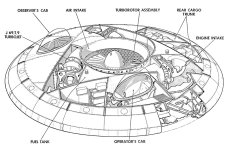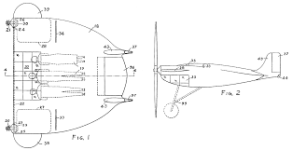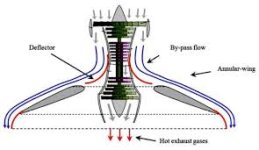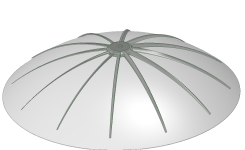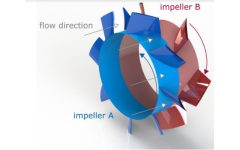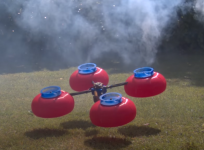APL
100 kW
- Joined
- Aug 6, 2018
- Messages
- 1,113
Fun, fun, fun.
I've been thinking about a ducted circular wing lifter for years, but recently the idea of a counter-rotating coreless axial prompted me to draw one up. Seems to fit together nicely, has balance and symmetry, but,.. does this thing have a chance in hell of getting off the ground?
I know I'm missing like the first law of reality or something, and don't know too much about air speed, wing shape, and lift, so help
me out here. Shoot it down and I'll move on. (lock and load!)
Concept drawing, so no bearings or magnets, and dimensions and details are vague. :wink:
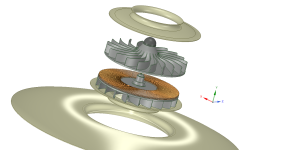


I've been thinking about a ducted circular wing lifter for years, but recently the idea of a counter-rotating coreless axial prompted me to draw one up. Seems to fit together nicely, has balance and symmetry, but,.. does this thing have a chance in hell of getting off the ground?
I know I'm missing like the first law of reality or something, and don't know too much about air speed, wing shape, and lift, so help
me out here. Shoot it down and I'll move on. (lock and load!)
Concept drawing, so no bearings or magnets, and dimensions and details are vague. :wink:





